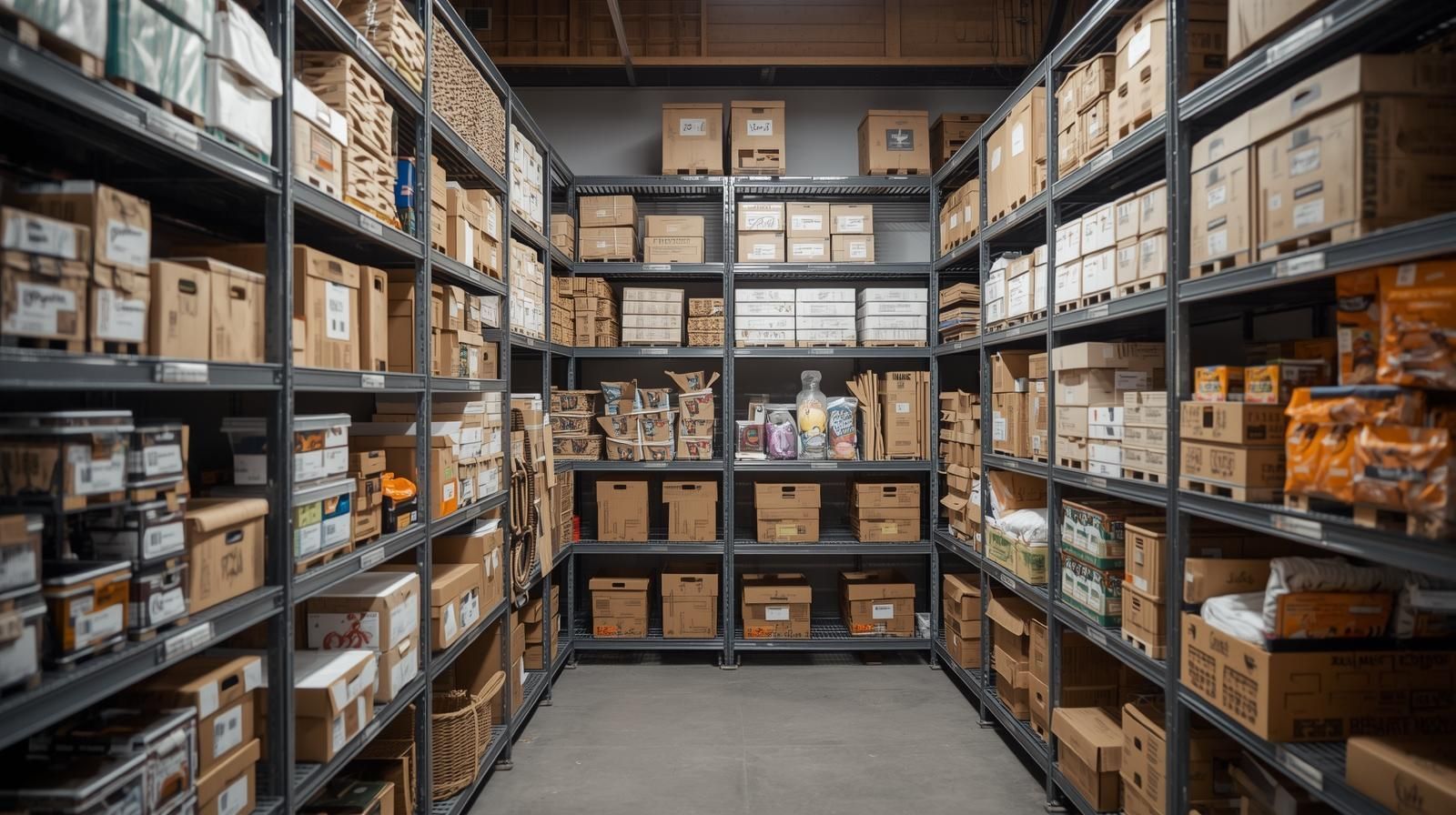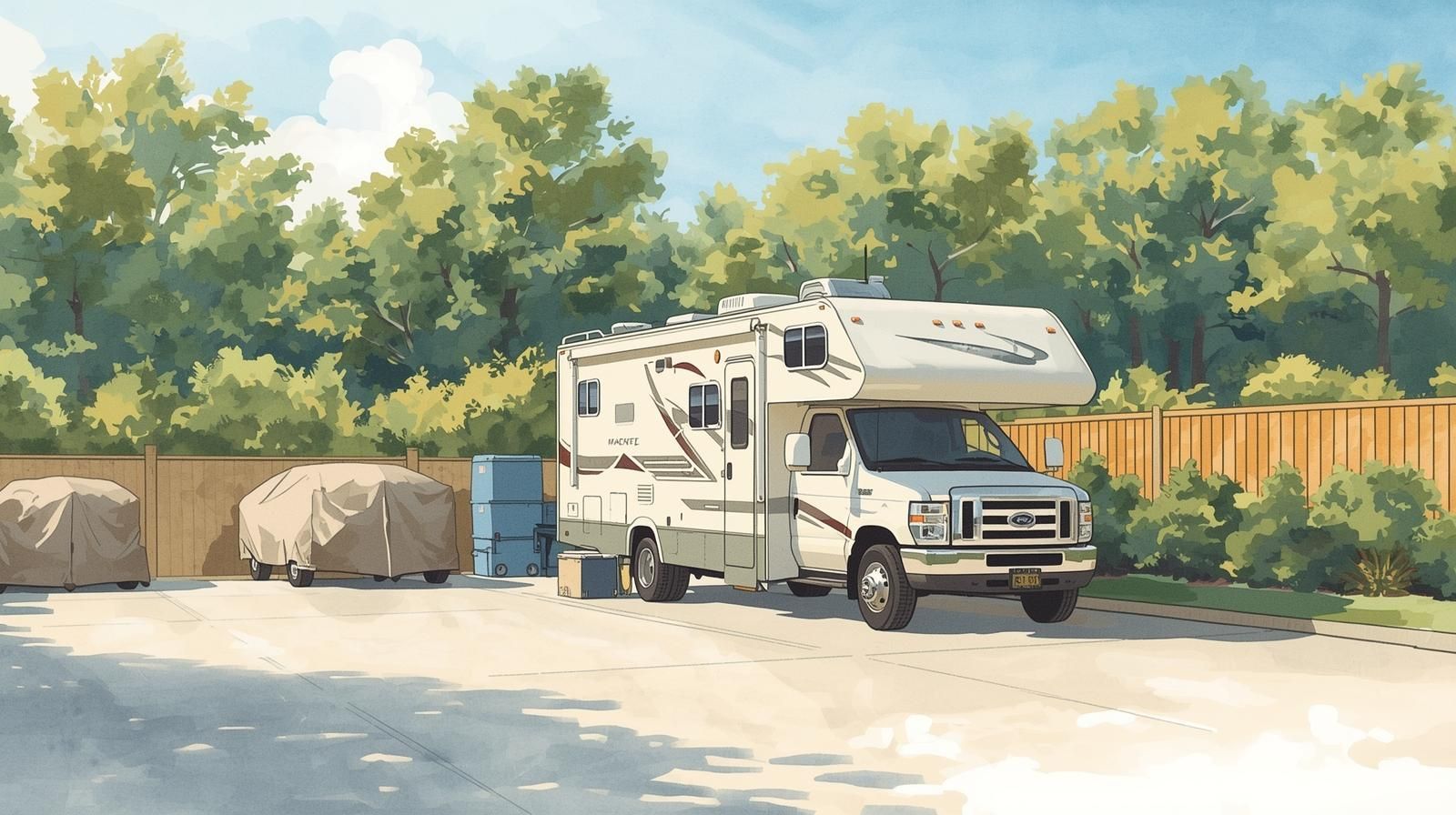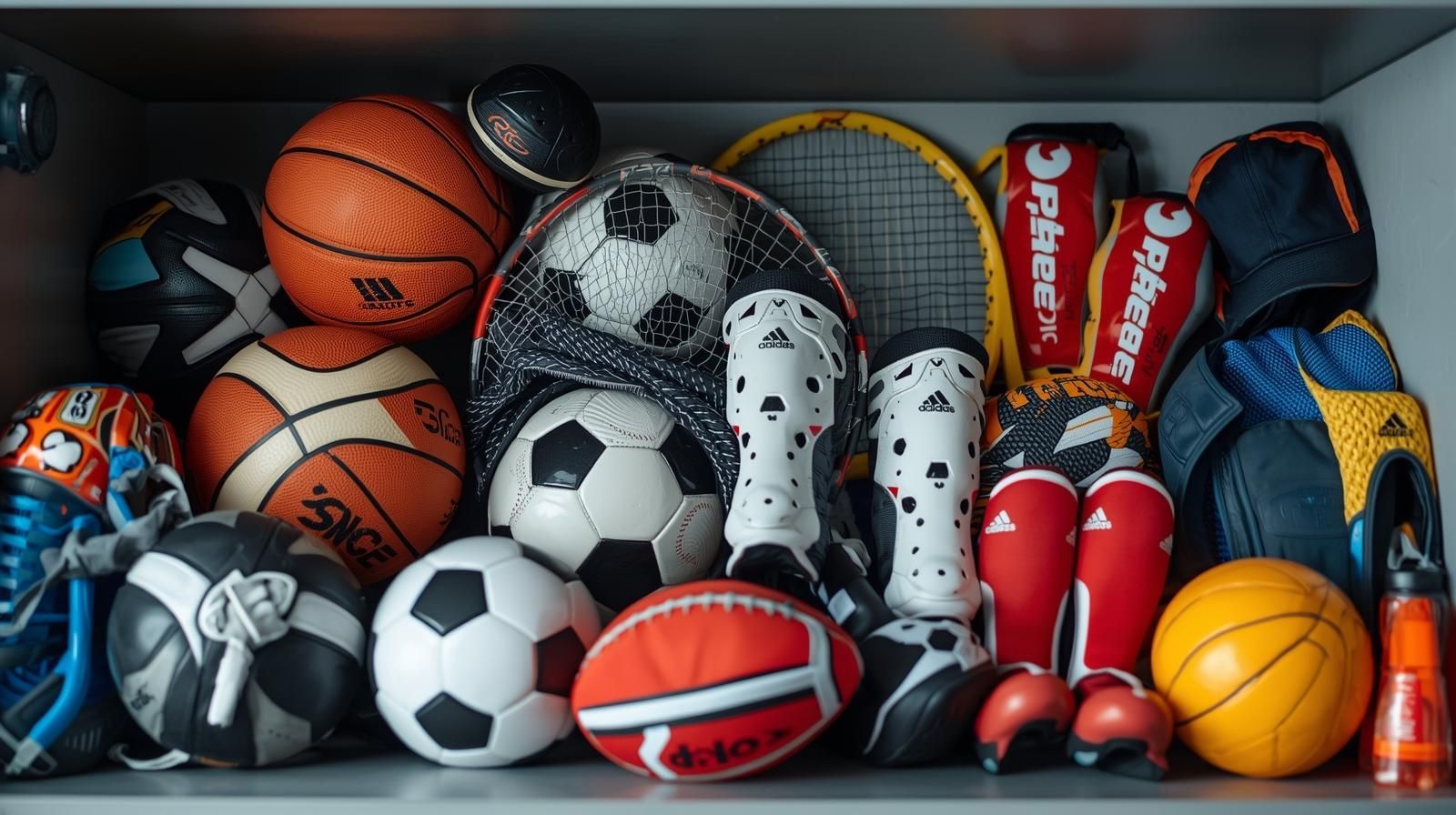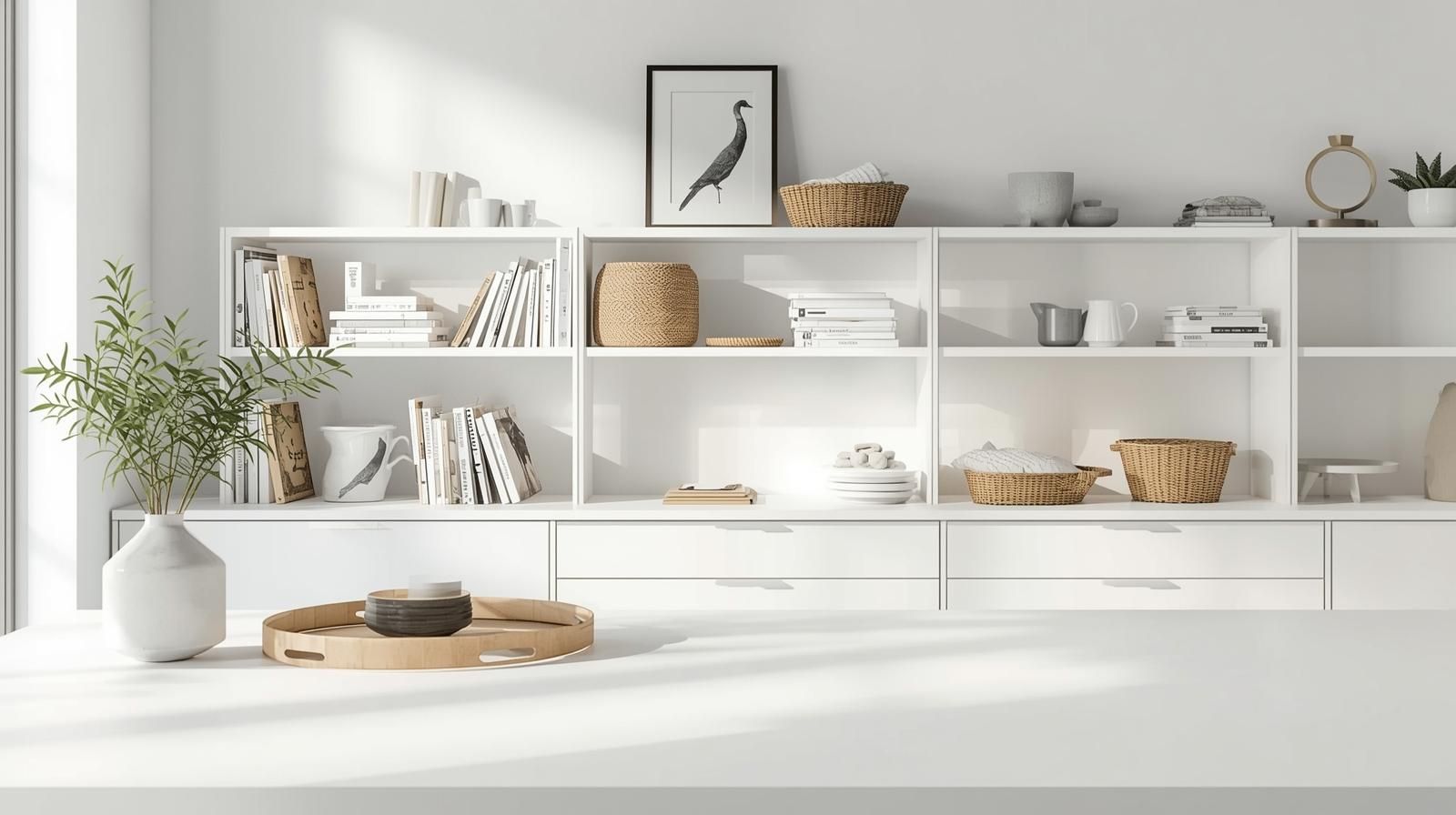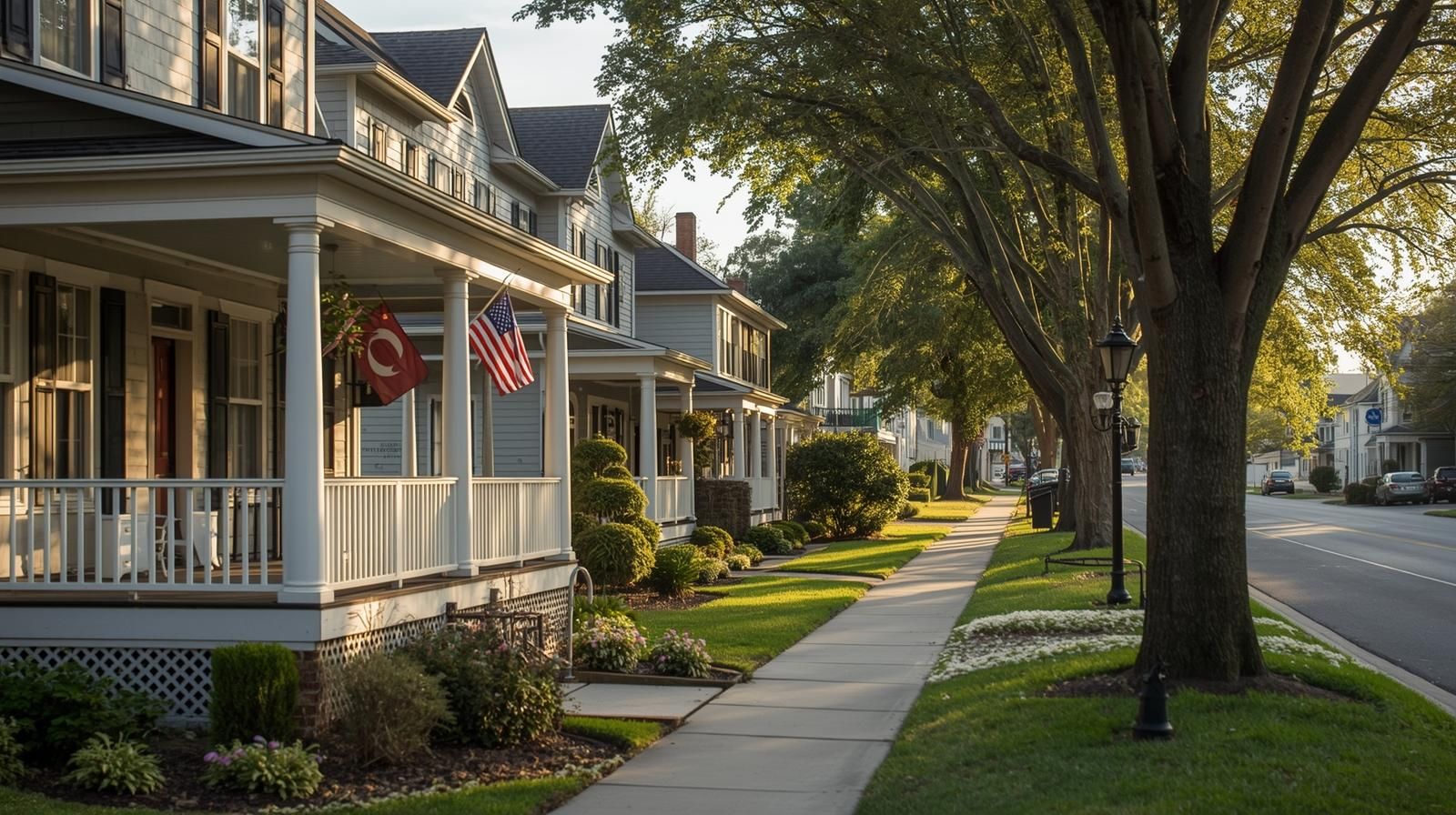What Size Storage Unit Do You Need for a 2-Bedroom Apartment?
Moving out of a two-bedroom apartment often raises a big question: what size storage unit will fit everything? Whether you’re relocating temporarily, downsizing, or simply freeing up space, choosing the correct storage unit size is one of the most important steps you can take to make the process smoother and more cost-effective.
The wrong decision could mean paying for space you don’t need or struggling to cram your belongings into a unit that’s far too small. Fortunately, with the right approach, you can estimate your needs accurately and avoid those common headaches.
In this guide, we’ll explore the best storage unit sizes for a 2-bedroom apartment, factors to consider before making your choice, packing tips to maximize your space, and answers to the most common questions renters ask when preparing for storage. If you’re looking for reliable storage in Arizona, Kachina Mini Storage offers secure units and convenient access.
Best Storage Unit Sizes for a 2-Bedroom Apartment
When it comes to storing the contents of a 2-bedroom apartment, most renters find themselves choosing between two sizes: the 10x10 and the 10x15. Let’s break down what each option offers.
10x10 Storage Units
A 10x10 storage unit (100 square feet) is one of the most popular unit sizes in the industry. It’s roughly the size of a small bedroom or half of a standard one-car garage. For many two-bedroom apartments, this size is sufficient when belongings are packed efficiently.
You can typically expect to fit:
- A couch or loveseat
- One to two beds (queen or smaller)
- A dining room set with chairs
- Dressers and nightstands
- Several small appliances
- 20–30 medium-sized boxes
The key here is packing smart. Disassemble furniture when possible and use every inch of vertical space. Stacking boxes safely can dramatically increase the capacity of a 10x10 unit.
10x15 Storage Units
A 10x15 storage unit (150 square feet) is about the size of a large bedroom. This option is perfect for larger two-bedroom apartments, or for renters with more oversized furniture like sectionals, king-size beds, or large dining tables.
In a 10x15, you can comfortably store:
- All the items that fit in a 10x10 unit
- Plus larger furniture pieces, like bookshelves or recliners
- Additional appliances, such as washers, dryers, or full-sized refrigerators
- More boxes, seasonal gear, or bicycles
If you value extra room for organization or want to avoid stacking items too tightly, a 10x15 gives you more flexibility. Some renters also prefer the added breathing space when they know they’ll need to go in and out of the unit regularly.
Factors to Consider When Choosing a Storage Unit
Picking the right unit isn’t just about square footage. Every household has different needs, so it’s essential to weigh these considerations before deciding.
Apartment Size
Not all 2-bedroom apartments are the same. A cozy city apartment may fit neatly into a 10x10, while a larger suburban unit may require a 10x15 or even a 10x20 if you’re storing everything. Always take into account square footage, number of closets, and whether you have extras like outdoor furniture or a second living area.
Amount of Items
Minimalists with basic furniture and fewer possessions will fit into a smaller unit, while families with more belongings or hobby equipment might need a bigger space. If you have sports equipment, musical instruments, or a collection of seasonal decorations, those can tip you into a larger unit size.
Furniture Types
Large, bulky items take up significant space. A sectional sofa, a king-size bed, or heavy wooden furniture could quickly fill a 10x10. Consider whether your furniture is compact and modular or oversized and heavy. Remember that disassembly can save space, but it’s not always possible with all furniture styles.
Lifestyle Needs
Ask yourself how you’ll use your storage unit. Will you access items frequently? If so, you’ll want to leave a walkway down the middle for easy access. That might require going up a size to ensure your unit isn’t overly packed. If the unit is just for long-term storage, tighter packing may be acceptable.
Packing & Storage Tips
Maximizing your unit is just as important as choosing the correct size. Even the largest units can feel small if items aren’t organized. Here are some expert tips for making the most of your storage space:
- Disassemble furniture: Remove legs from tables, headboards from beds, and shelves from bookcases to save space.
- Stack smartly: Place heavier items on the bottom and lighter items on top. Sturdy, uniform boxes are easiest to stack.
- Use vertical space: Store items upright where possible, including couches and mattresses.
- Label everything: Write contents on at least two sides of every box to avoid searching through everything later.
- Create aisles: If you’ll be accessing your unit often, leave a small walkway so you can easily reach items in the back.
For more advice on safe packing techniques, the U.S. Department of Energy’s moving tips provide helpful guidance.
Frequently Asked Questions About Storing the Contents of a 2-Bedroom Apartment
Should I get a 10x10 or 10x15 storage unit?
Most two-bedroom apartments fit into a 10x10 if items are packed strategically. However, if you have larger furniture, bulky appliances, or want extra breathing room, a 10x15 is the better option.
How many bedrooms can fit in a 10x10 storage unit?
A 10x10 generally fits the contents of a one- to two-bedroom apartment. If you try to fit a three-bedroom home into this space, it will be too tight.
How many boxes for a 2-bedroom apartment?
Expect around 20–40 medium boxes, in addition to your furniture. This number varies depending on how much décor, clothing, and kitchenware you own.
Is climate-controlled storage essential?
If you’re storing electronics, wooden furniture, artwork, or anything sensitive to temperature and humidity, climate control is strongly recommended. According to the Smithsonian Institution Archives, controlling temperature, relative humidity, light, and air quality is essential for extending the lifespan of archival collections.
Extra Considerations for Renters
Beyond size, renters should also think about location and facility features. A unit close to home or work can save countless trips during moving season. Security measures like surveillance cameras, gated entry, and on-site staff are also worth considering.
For renters in areas with extreme weather, climate control isn’t a luxury—it’s a necessity. Heat, cold, and humidity can damage furniture, appliances, and even clothing. A little investment in a climate-controlled unit can save thousands in replacements later.
Insurance is another factor often overlooked. Many storage facilities require tenants to carry some form of insurance, and while some homeowner or renter policies extend to storage, it’s smart to confirm your coverage before signing a rental agreement.
Find Self Storage for Apartment Renters Near You!
City Storage USA makes it easy for apartment renters to find the perfect storage unit. With multiple convenient locations, you can choose a facility close to your home or workplace. For those in North Carolina, City Storage Reidsville provides flexible options, including climate-controlled units and top-tier security features.
Conclusion
When deciding what size storage unit you need for a 2-bedroom apartment, the answer usually comes down to either a 10x10 or a 10x15. A 10x10 is ideal for compact apartments and renters with modest belongings, while a 10x15 provides the flexibility to accommodate bulkier furniture or additional storage needs.
By taking inventory of your items, considering your furniture, and planning how you’ll use the space, you can make an informed decision that saves money and stress. Add in clever packing techniques, and you’ll be able to fit more than you think without sacrificing accessibility.
Whether you’re moving, downsizing, or simply decluttering, City Storage USA has the right unit size for you. Explore facilities like Kachina Mini Storage and City Storage Reidsville to find a convenient solution near you.

